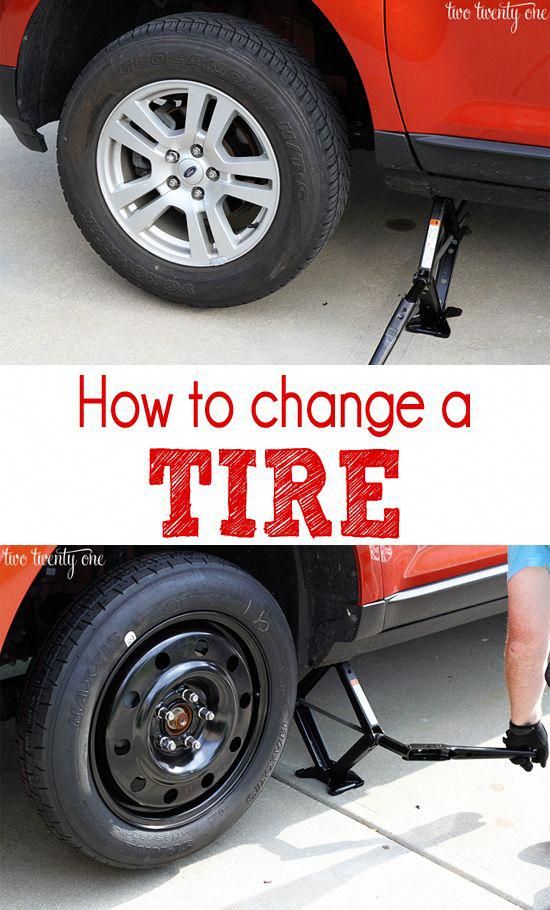JavaScript is disabled in your browser. For our website to function properly, you must enable JavaScript. If you do not enable JavaScript, certain features will not function correctly.
Store HoursToday: 08:00 am - 05:30 pm Open Now
254-616-1659
97% of customers
would refer us to friends
4.93 stars - based on 265 reviews
254-616-1659
Phil's Service
503 S 2nd St
Killeen, TX 76541
05
Mar,
2020
When it comes to vehicle maintenance, tires are often the most overlooked parts. If your tires are not in good condition, your vehicle will not handle properly and the chances of an accident while driving will increase. Thus, it is crucial to keep up with the regular tire service.
So what are the signs of a bad tire? Here are several obvious signs you will notice:If you notice any of the problems above while driving, immediately reduce your speed and drive with caution until you can safely pull off the road.
Remember that a tire repair will only last so long and then give out. If a tire is damaged, replace it with your spare and then get to your auto shop as soon as possible. Most of the problems listed above cannot be repaired and new tires will be required.
Concerned about what are the signs of a bad tire? Contact our ASE Certified technicians at Phil’s Service today to find out more about regular tire service and to schedule an appointment. Our auto shop proudly serves residents in the community of Killeen, TX, and the surrounding area.
Wondering what are the signs of a bad tire? Keep up with regular tire service, including proper air pressure, tire rotations, wheel alignment, and tire balancing.
When it comes to vehicle maintenance, tires are often the most overlooked parts. If your tires are not in good condition, your vehicle will not handle properly and the chances of an accident while driving will increase.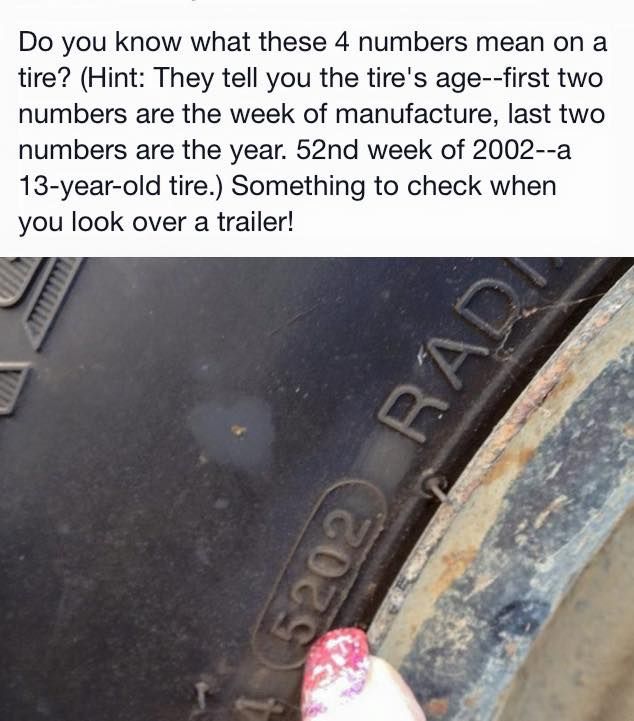 Thus, it is crucial to keep up with the regular tire service.
Thus, it is crucial to keep up with the regular tire service.

If you notice any of the problems above while driving, immediately reduce your speed and drive with caution until you can safely pull off the road.
Remember that a tire repair will only last so long and then give out. If a tire is damaged, replace it with your spare and then get to your auto shop as soon as possible. Most of the problems listed above cannot be repaired and new tires will be required.
Concerned about what are the signs of a bad tire? Contact our ASE Certified technicians at Phil’s Service today to find out more about regular tire service and to schedule an appointment. Our auto shop proudly serves residents in the community of Killeen, TX, and the surrounding area.
Ron Phillips
Ron Phillips
 com
comMon:08:00am - 05:30pm
Tue:08:00am - 05:30pm
Wed:08:00am - 05:30pm
Thu:08:00am - 05:30pm
Fri:08:00am - 05:30pm
Sat:Closed
Sun:Closed
Facebook Blog Google Instagram Yelpamerican express, mastercard, visa, discover, cash, napa easypay, direct debit, voyager network, ari, wex fleet, easypay, voyager, wex
Bad tires are every driver’s worst nightmare. Besides giving a rough experience on the road, there is also the risk of accidents. To be on the safe side, you need to know the symptoms of bad tires. Most of the time, the issue starts small and grows over time.
It is advisable to deal with the tire problem when it is still manageable. If the problem goes overboard, you may incur a lot of expenses. Issues with the tires may range from low pressure to a faulty suspension system, like a bad ball joint.
We will show you some telltale signs of a bad wheel to help you deal with it promptly.
Highlighted below are some of the signs of a tire that is in bad shape.
Tire failure will present itself on your vehicle in many ways. First of all, you will have a rough driving experience. Bad tires cause vibration; the vehicle may appear shaky and unstable on the road. The problem may be a puncture or deflated tires. Once you notice such a problem, stop the car and try to ascertain the root of the problem.
In severe situations, there will be a burning smell or smoke from the affected tires. In such a situation, you may find them to be past their service life. The logical solution is to replace them. If you feel a distant thump when on the wheels, you may have a screw-in tire.
Still, on driving experience, the vehicle may appear to slant. Slanting is one of the symptoms of unbalanced tires or a puncture. For your safety, do not drive a car that appears to slant. Another sign of this hitch is difficulty in steering. It is also an indicator of imbalance.
It is also an indicator of imbalance.
Noises when driving may be an indication of failing wheel components. Many people confuse bad tire symptoms noise with engine sounds. You have to listen closely if you feel the pitch is high, more of grinding or grating.
A CV joint noise will be more of clunking and clicking. The sounds get louder with acceleration or braking.
On tire appearance, you physically inspect the tires to see what state they are in. You should inspect them each time before driving to prevent any eventualities. Let us look at some of the various aspects to be keen on the tire’s physical state.
Start by inspecting the tire wear pattern. This car part comes into contact with the road; hence, it has a fast rate of degradation. The pattern will give you a hint of the underlying problem. Solving it will be easy. For instance, if it wears in the middle, it is an indication of over-inflation.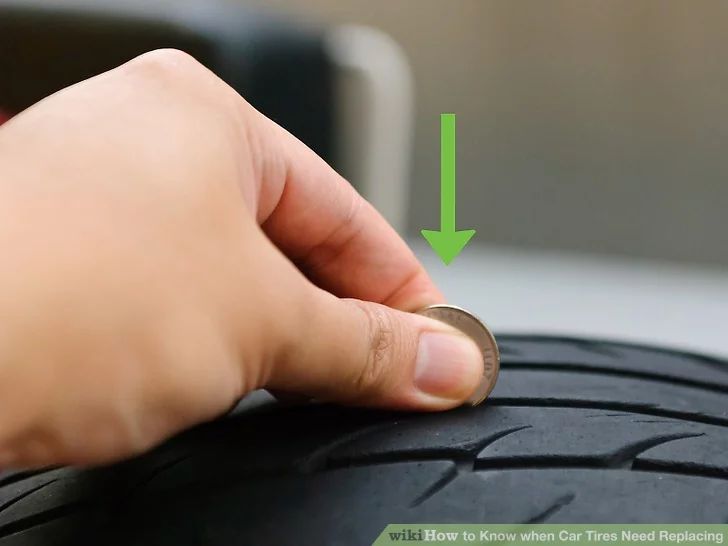 Side wear patterns are a sign of under-inflation.
Side wear patterns are a sign of under-inflation.
Another area to pay attention to is the signs of bald tires. Bald tires have worn-out treads and won’t offer the much-needed grip on the road. Inspect the tread to ensure it is alright. You can perform the coin test to see if you need new tires or opt for retreading. For this test, you place the coin with the tails up. If you can see the head from the edges, you have to get new tires.
Another sign of baldness is poor braking. Braking relies on friction to stop the car. Without treads, braking will be pretty challenging, especially on slippery surfaces.
Weak spots present themselves in the form of blisters or bulges. These areas are very sensitive and can easily burst under too much pressure or physical impact.
If you drive a car manufactured from 2008 and later, it will have a tire pressure sensor. This sensor will detect any deviations in tire pressure, and you will receive a notification on the dashboard. Should the sensor alert you, it is prudent that you check your pressure for a smooth experience on the road.
Should the sensor alert you, it is prudent that you check your pressure for a smooth experience on the road.
Worn tires can negatively affect your vehicle’s fuel economy. The engine will require more power to move the wheels, translating to more fuel consumption. While many issues may cause poor fuel economy, do not overlook the wheels.
A failing tire can affect supporting components like the suspension system. It is mostly due to the strain that comes due to the imbalance. The problems show in the form of wheel bearing problems, noise, and vibrations. At times, the wheel failure may result from faulty suspension parts, such as worn shocks and struts.
Looking at the listed signs, you have a head start telling between bad tires vs. good tires.
You should never drive with bad tires on your car as it hastens its rate of wear.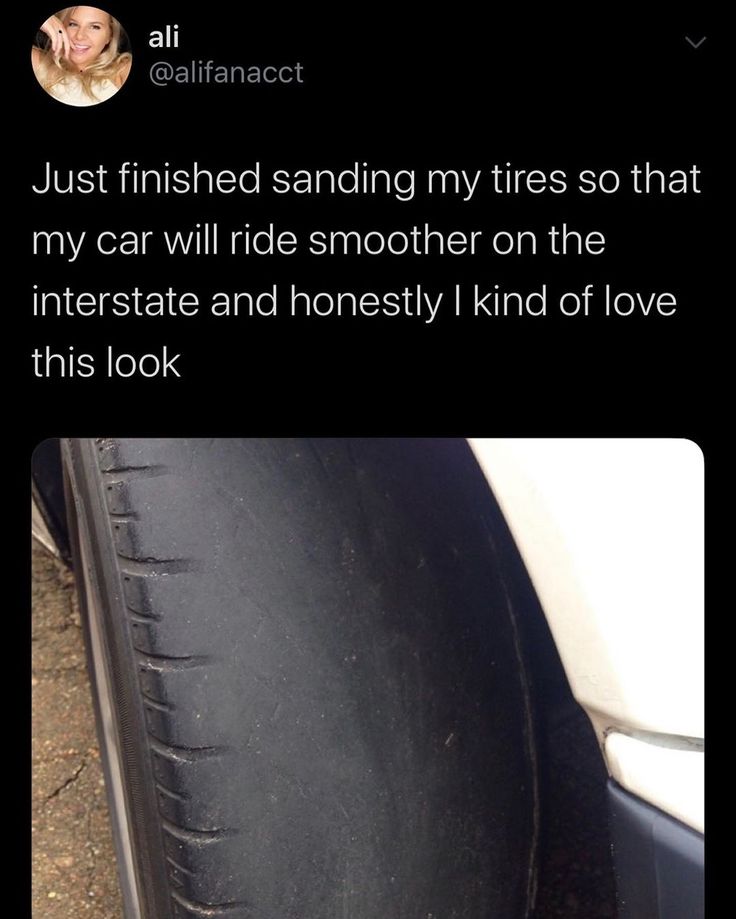 The driving experience will be bad due to vibrations, which come due to loss of balance. Bad tires will also affect the car suspension system parts, primarily the linkages.
The driving experience will be bad due to vibrations, which come due to loss of balance. Bad tires will also affect the car suspension system parts, primarily the linkages.
Furthermore, they get in the way of functions like steering and braking. It may compromise your safety and that of other road users.
Tires have an average life of 6-years. However, there are excellent quality brands, and they may serve you for up to ten years. For the best results, you should practice tire rotation for even wear. Balding, blisters, and bulging are signs that you need new tires.
Bad tires affect your vehicle’s equilibrium, more so in the case of uneven wear patterns. On the road, they lead to shaking, vibrations, and loss of braking and steering power. Initially, you may notice shaking when accelerating or braking.
With serious degradation, the vibrations become more prominent. Such a situation is both uncomfortable and dangerous, mainly for vehicles that handle heavy loads.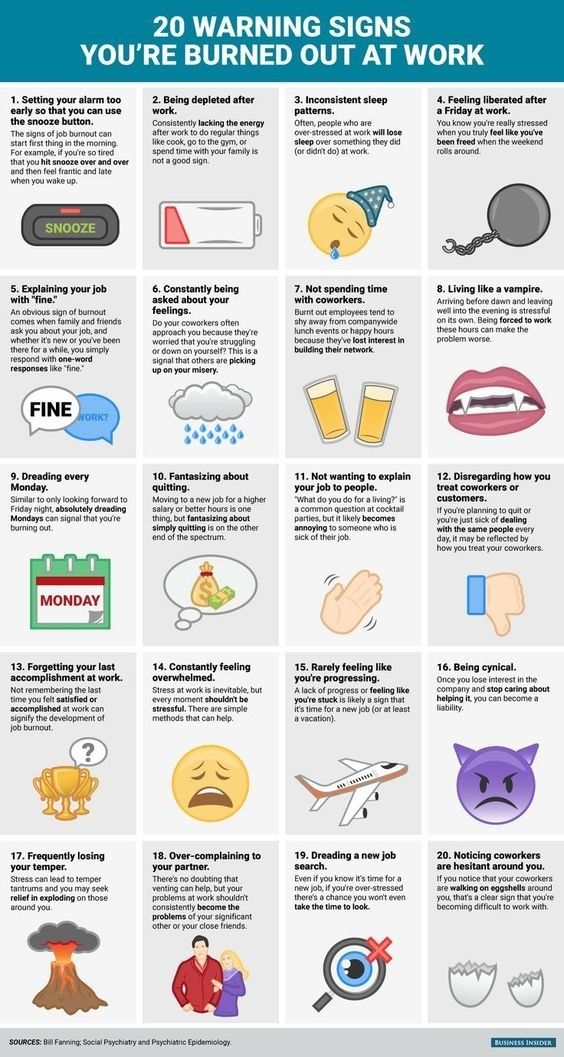
Balding refers to the loss of tire tread. It can appear in the form of patches, where retreading can sort out the issue. If more pronounced, you need a replacement. Bald tires lead to loss of braking power. The situation can be hazardous on slippery surfaces.
An essential thing to know is that tires have an expiry date. You should inspect them after 6-years and replace them before they reach the ten-year mark. Tires wear even if they are not frequently used, meaning you should not use them if they are old. Old tires can get damaged unexpectedly when driving and may leave you stranded or in an accident.
When getting a tire replacement, you have to work within your budget. The cost depends on various factors like the type of car, tire specifications, and preferred tire brands. For a standard sedan, you will part with an average of $50-$70 per wheel. Therefore, the total cost is $200-$280 for four.
Therefore, the total cost is $200-$280 for four.
If you have a sports car or SUV, you need sturdier wheels, which cost more, going up to $800 for a full set.
Tires are a crucial part of your car; thus, there is a need for concern if they are in bad shape. The problem arises where you do not know how to tell if your tires are bad. Coming to your aid, we provide you with signs and symptoms of bad tires. Go through the several pointers to failing wheels to help you know the hitch and deal with it earlier. Do not forget to regularly inspect the tires to see if they require attention.
We have already written how to check the geometry of the body, generator, ignition system, battery, engine, running gear when inspecting a used car. In this article we will tell you how to check the tires when buying a used car.
Some experts say that using used tires is like playing Russian roulette - you only have to rely on luck. And to make the case really happy, you should check the wheels as carefully as possible.
And to make the case really happy, you should check the wheels as carefully as possible.
Tires are a guarantee of safety on the road. When inspecting a car and used tires, check the following:
Each of the parameters is important in its own way, and therefore ignoring at least one of them can significantly reduce the level of safety on the road.
We recommend checking first. If the tires have served their allotted time, further operation does not seem rational. This is easy to do - the date consists of two digits: the week number and year of issue, applied to the outside of the rubber. If, upon inspection of the machine, it is found that the numbers on each wheel are different, then this indicates a non-simultaneous replacement of the wheels. The reason for the replacement, if the service life has not yet come up, you should ask the seller.
Visual inspection is sufficient to check tire wear. It is important that tire wear (if any) is uniform over the entire circumference of the wheel. Uneven tire wear can be a sign of wheel imbalance, and it also indicates a possible sloppy driving style of the previous owner, which can cause several more problems when operating a car. Increased wear on the outside indicates insufficient tire pressure, which should also be checked before a test drive. The operation of such wheels is fraught with the fact that in corners the rubber will not “hold” the road well. If the center part was more subject to wear, get ready for a decrease in acceleration, handling and braking.
The operation of such wheels is fraught with the fact that in corners the rubber will not “hold” the road well. If the center part was more subject to wear, get ready for a decrease in acceleration, handling and braking.
When buying a car, be sure to pay attention to this parameter. Tests show that the permissible tread depth should be at least half of the original - for summer tires it is at least 3 mm (1.6 mm by law, but it would be better to leave a margin), for winter tires - at least 4 mm. It is not difficult to check the depth - in car dealerships you can buy a special probe with marks or use a simple ruler.
When inspecting the tread, it is not superfluous to check for signs of repair from the inside (on a smooth surface). By themselves, the patches on the tread are not critical, but only if their number does not exceed a couple of pieces per wheel, and their size is a third of the width of the pattern.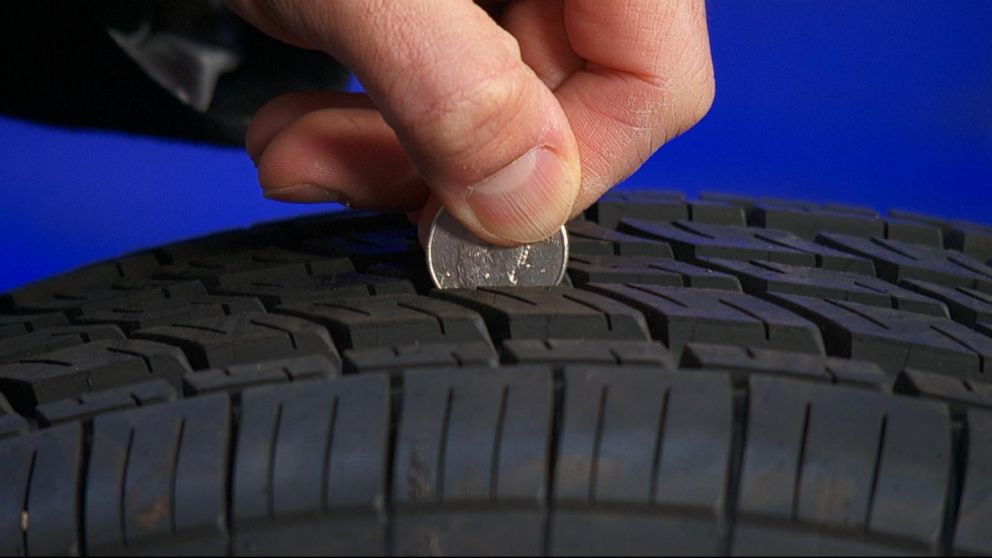 Otherwise, the operation of the "horse" on such wheels should be abandoned. Pay attention to the nature of the patch - the restored tread pattern (the so-called "grooving") can result in a tire rupture.
Otherwise, the operation of the "horse" on such wheels should be abandoned. Pay attention to the nature of the patch - the restored tread pattern (the so-called "grooving") can result in a tire rupture.
The tire grips the road surface across the entire tread width. The edges of the tire also have an impact on braking performance. The smaller they become, the less grip the rubber has on the road surface, and therefore the risk of driving on wet or slippery surfaces increases. A worn leading edge indicates problems with the car's suspension, which is also worth paying attention to. You can check this part of the tread "by touch" - the problem is present if the teeth on the tread edges differ in sharpness.
Tire micro cracks can occur even under conditions of minimal rubber wear and careful storage. The average service life of rubber is 5 years, but, as a rule, by the end of the term, the tire naturally becomes unusable. In the presence of small cracks, it is not recommended to exceed the speed of more than 80 kilometers per hour, otherwise the chances of complete tire wear increase rapidly. Deep cracks appear with a large degree of delamination of the tire. The use of such tires is highly discouraged.
In the presence of small cracks, it is not recommended to exceed the speed of more than 80 kilometers per hour, otherwise the chances of complete tire wear increase rapidly. Deep cracks appear with a large degree of delamination of the tire. The use of such tires is highly discouraged.
Defects in the form of cuts and repair marks are a clear signal to stay away from the selected used rubber. As a rule, tire side cuts are dangerous due to the fact that the repair of such defects is extremely difficult and not gives a further guarantee of the quality of rubber operation. But, in addition, it is necessary to check and make sure that there are no hidden damages. Deformation of the tire carcass in the form of dents and creases can be the result of driving or parking on a flat tire, as well as a strong impact. The end of the service life in this case may come earlier than expected.
The internal delamination of the tire is extremely difficult to detect.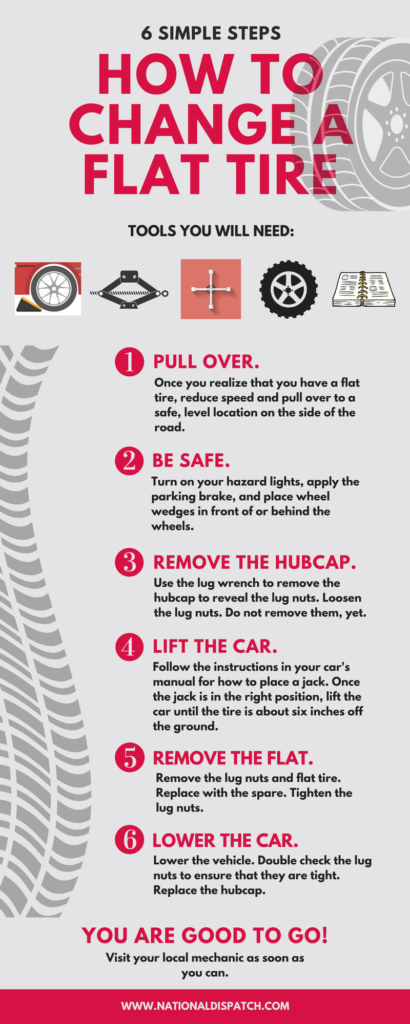 A warning can be various types of swelling on the inside of the tire. Visible breaks in the layer are also possible. Check the degree of puncture of the tire - when pressed with two thumbs, the tire should not deform much, but will quickly return to its original shape.
A warning can be various types of swelling on the inside of the tire. Visible breaks in the layer are also possible. Check the degree of puncture of the tire - when pressed with two thumbs, the tire should not deform much, but will quickly return to its original shape.
These tire and wheel test parameters apply to both summer and winter tires. But, in the cold season, when the car is “reshod” in winter tires, some other factors should be taken into account.
In winter, buying a car with winter tires is considered correct, but another situation is possible, so do not neglect the inspection of the wheels. First of all, you should check what the car is “shod” in - it can be idle for a long time, especially if the transaction takes place in the car market. Winter wheels are divided into two types: studded and friction.

Equally important is the tread depth. For 100%, it is customary to take the tread depth of new tires, 0% - unusable, respectively. The minimum permitted tread depth for winter tires is 4 mm, otherwise 0%. From the factory, tires are produced with different depths. Keep in mind that if the initial depth reached 8 mm, then 4 mm is not 50% wear, as some sellers say.
A buyer's vigilance will be a guarantee of a good deal. Bad tires in the general good condition of the car is not always a reason to refuse a purchase. If the wear is natural and even, and also corresponds to the average life of tires, the option of purchasing a car is worth considering. You can always eventually replace the rubber with one that will inspire confidence.
In order to avoid doubts about the history of the purchased car during the inspection, check the history of the car using the Autocode online service. To obtain a complete report, only the VIN, chassis number or state number of the vehicle of interest is required.
By driving in unique car numbers, you will receive the following data:
If you are a professional car dealer, you can also use the Autocode Profi service of unlimited car checks. Autocode Profi allows you to quickly check a large number of cars, add comments to reports, create your own lists of liquid vehicles, quickly compare options and store vehicle data in an orderly manner.
Tire wear or other negative factors may be hidden by the seller.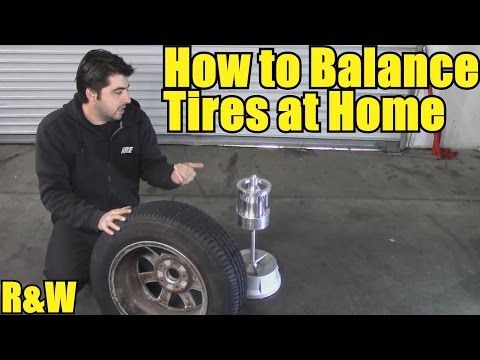 So that they do not subsequently lead to problems in other parts of the machine, order an on-site Autocode check. The specialist will arrive at the place at any time and conduct a professional inspection of the vehicle. Checking the machine through Autocode will help to verify the correctness of your assumptions or refute them.
So that they do not subsequently lead to problems in other parts of the machine, order an on-site Autocode check. The specialist will arrive at the place at any time and conduct a professional inspection of the vehicle. Checking the machine through Autocode will help to verify the correctness of your assumptions or refute them.
If there are no serious problems in the history and technical part of the car and you decide to buy, take the final step - enter the seller's passport data through the car owner verification service. This service will show whether he has problems with the law, whether his passport is valid, whether there are debts and enforcement proceedings. If the audit finds serious problems, it is better to refuse the transaction. View sample report
History
Categories
Products
Cars
All results
03/20/2017
How to determine tire wear? At first glance, everything seems simpler than simple, it is necessary to divide the remaining tread height by the original height, however, the result of these actions will be erroneous. So how do you know when it's time to start thinking about buying new tires?
So how do you know when it's time to start thinking about buying new tires?
To find out the residual tread height, you need to measure both tires from the same axle and select the minimum tread height from the obtained ones.
According to the traffic rules, 2 mm is a critical mark, but it should be understood that this indicator can only be applied to summer tires, and even then not to all. Winter will lose its main characteristics already by 4 mm. Therefore, your real minimum tread will be in the range from 2 to 4 mm, depending on the type of tire, seasonality, as well as on your individual operating conditions.
For such a simple measurement, you will need any suitable device: for example, a caliper or a ruler with a depth gauge. You can also use an ordinary coin inserted into one of the grooves on the tire. If the tread hides only the rim of the coin, you need to change the tire, but if half the coin is hidden, then there is no point in thinking about buying a new one.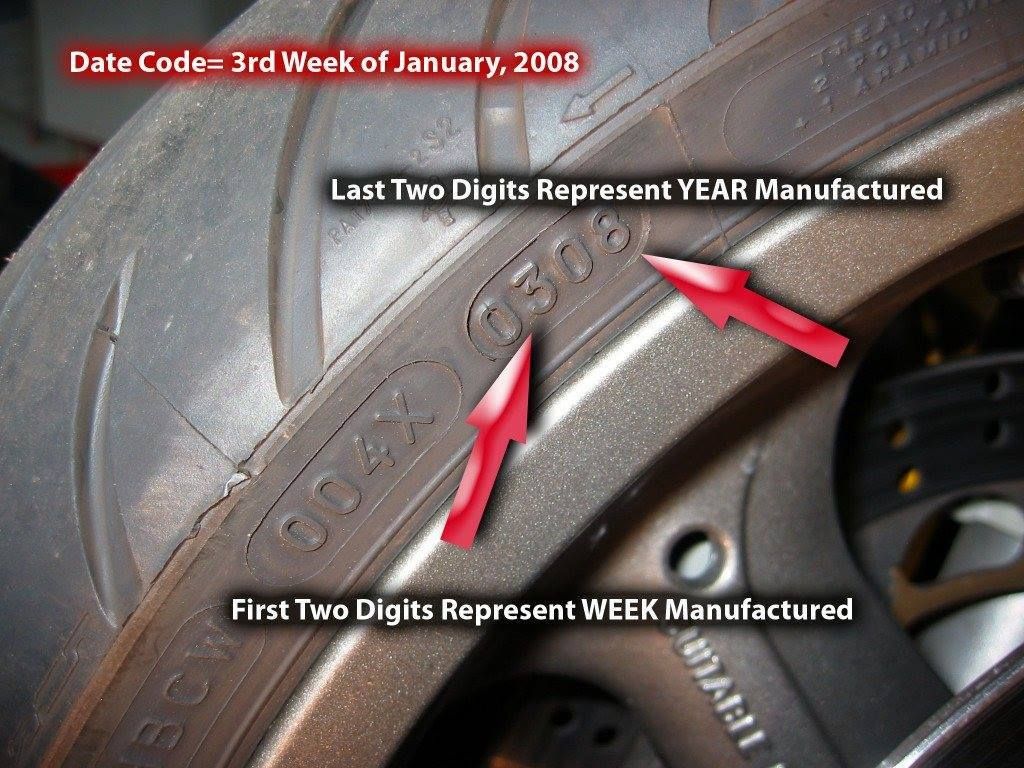 However, with such a measurement, the accuracy of your measurements suffers, and you will not receive accurate data on the uniformity of wear.
However, with such a measurement, the accuracy of your measurements suffers, and you will not receive accurate data on the uniformity of wear.
The tire tread height must be measured at a minimum of 6 points. For example, in the center and on both edges of the tread, as well as at points around the circumference of the tire. Important: the measurement results at all points must match !
1. The tread is higher at the edges than at the center. This indicates that the tire has been inflated for a long time. As a result of this use, the load on the power carcass of the tire has been increased. Driving on this tire is not recommended.
2. Tread higher in the center than at the edges means the tire has not been underinflated. If there are no obvious signs of driving on a completely flat tire (the pattern is erased from the upper part of the sidewalls), then you can still ride on such a tire, but even in this case, wear must be determined by the minimum tread height.![]()
3. The tread is unevenly worn across the width (one of the edges of the tire is worn out). Such wear indicates a faulty vehicle suspension.
4. The tread is worn unevenly around the wheel circumference (the central or side blocks have different heights at different points on the circumference). Such wear indicates the "extreme" preferences of the owner. The tire has most likely seen extreme braking and/or acceleration. This tire can be safely scrapped.
5. Erased pattern (pattern) in the upper part of the sidewall of the tire (junction with the tread area - the rubber is “chewed”). A similar defect is the result of a long drive on a badly flat tire. This tire is not recommended.
6. Different tread wear on two tires from a pair (from the same axle). Such wear indicates a malfunction of the suspension (wheel alignment). If the difference in tread height is greater than 1 mm, there is a risk of uncontrolled skidding if such a pair of wheels is installed on the front axle of the car.